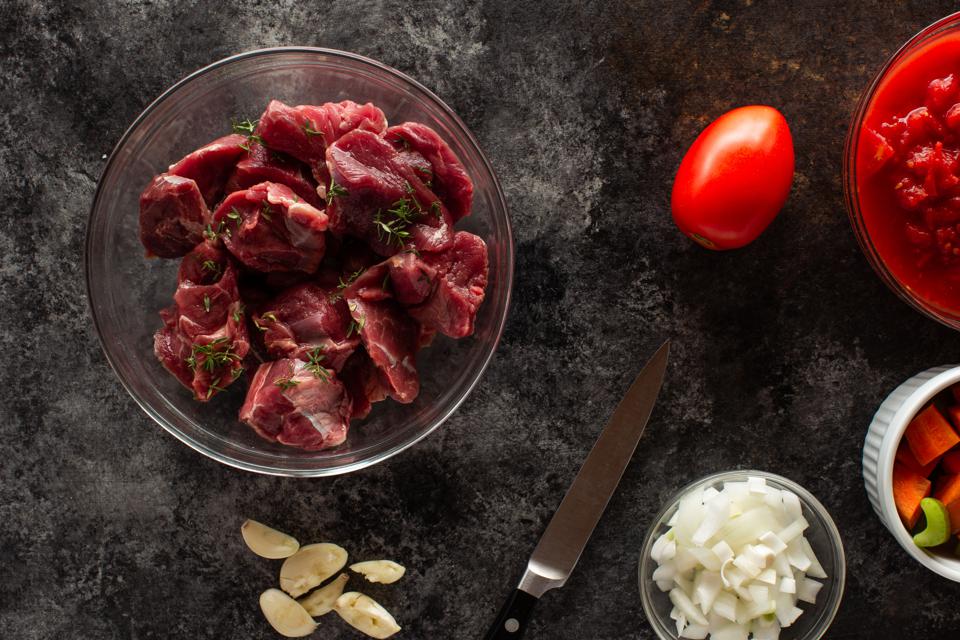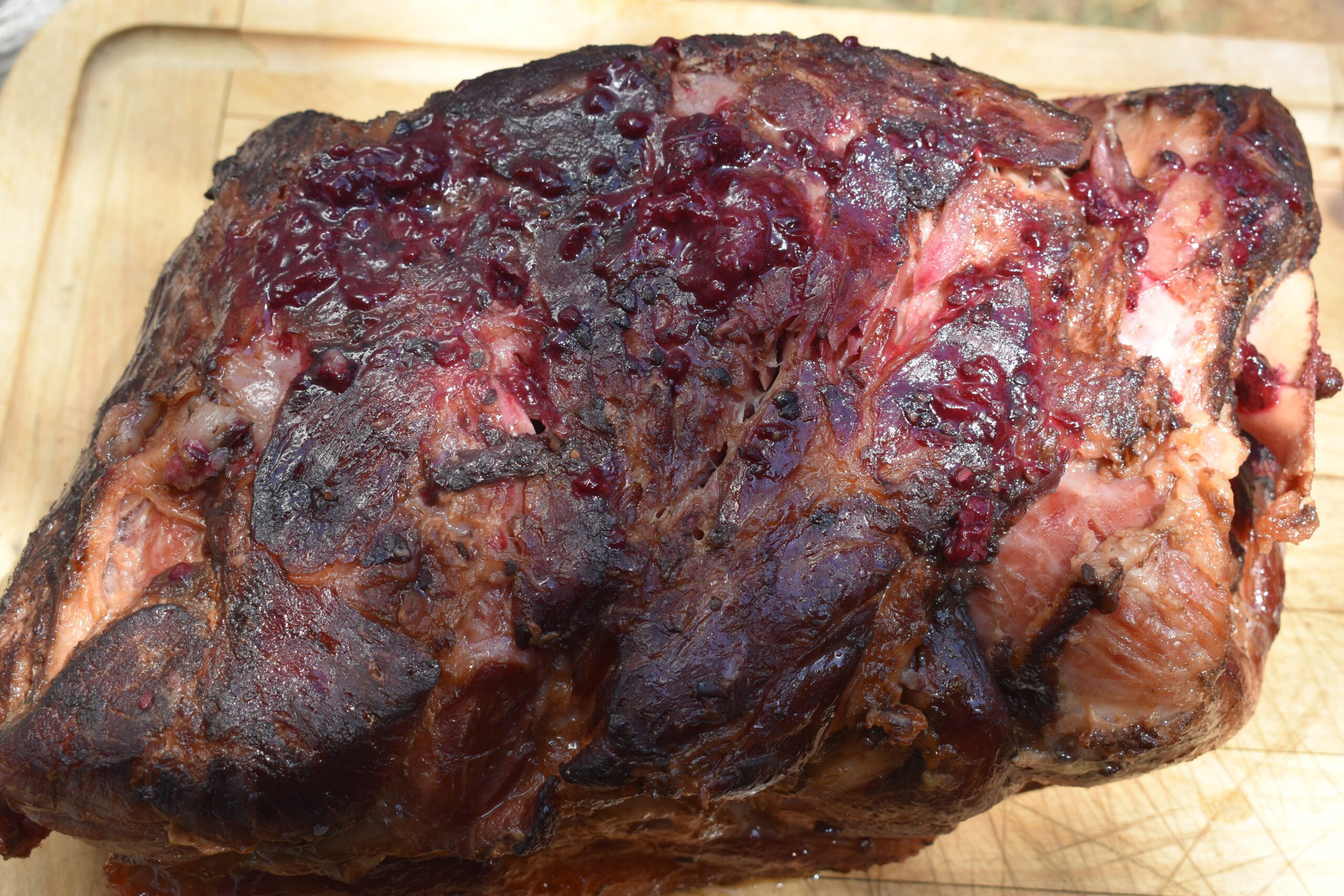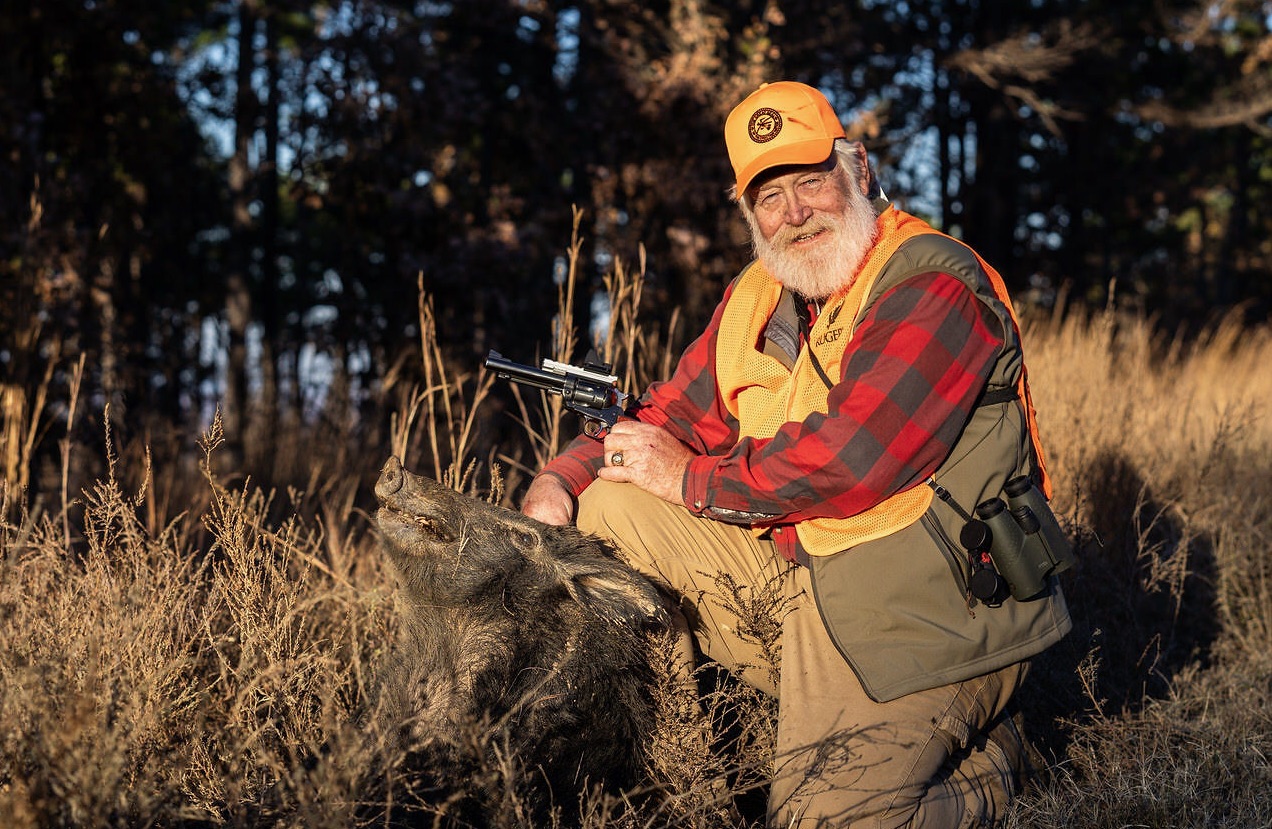What’s one man’s wild hog overpopulation problem is swine dining for another
It’s so dark that I can’t see the end of the rifle I’m holding. Ahead is the enemy, a herd of perhaps 20 wild hogs that we can hear rooting, grunting and snorting like a rugby scrum. I peer through my scope and see the eerie forms of the pigs, glowing as the thermal optic turns heat signatures to a ghostly white. If Ted Nugent played video games, this is what they would look like.
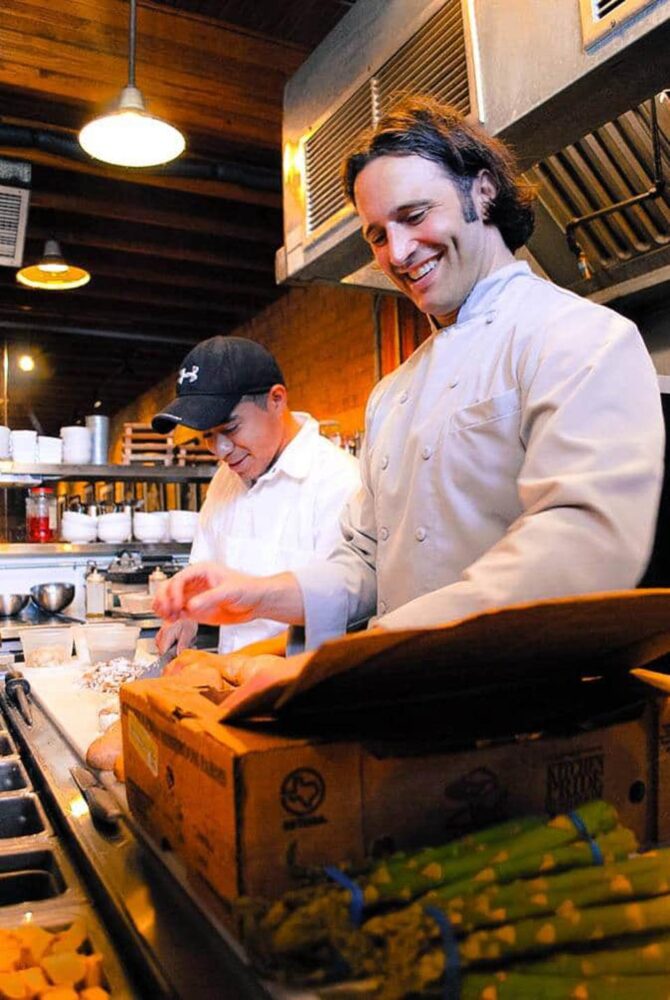
For 𝘕𝘦𝘹𝘵 𝘍𝘰𝘰𝘥 𝘕𝘦𝘵𝘸𝘰𝘳𝘬 𝘚𝘵𝘢𝘳 chef Luca Della Casa of San Antonio’s famed Nonna Osteria, converting problem wild boar into premium cuisine is a natural selection. COURTESY OF CHEF LUCA DELLA CASA
To my left is Kevin Reese, a veteran of the Texas boar wars who works for Pulsar, the company that makes the thermal and night vision optics that have been a technological breakthrough on the order of the Gatling gun in the battle to control the feral hogs. Ahead of Reese is guide Dakota Stowers of North Texas Outfitters, a budding business that takes the enlisted to the front lines of the hog wars. To my right is Chris Hughes, a man who has managed to turn the overpopulation of pigs and numerous other Texas native and introduced species into a burgeoning wild game meat business. Together, our detachment is just one of many teams dispatched across Texas this night to do our civic duty and help reduce the plague of pork that’s been causing more than $400 million in crop damage annually to the state.
The U.S. Fish and Wildlife Service estimates that there are upwards of six million wild hogs wreaking havoc across 40 states and several Canadian provinces. Nearly half the continental population is found in Texas. Feral hogs were first introduced to the Caribbean by Christopher Columbus and later were brought to Florida by Hernando De Soto. Early settlers let the adaptive swine roam free until they were ready to harvest them. In the meantime, the feral animals did what they do best…eat and breed. When it comes to mating, rabbits have nothing on pigs. Sows begin breeding at six months of age and will have as many as a dozen piglets two times a year.
Hunters in Texas take roughly a third of the wild hog population annually but that doesn’t come close to keeping the animals in check given their exponential growth rates. Biologists estimate that 70 percent of the hog population would need to be culled each year just to maintain the current population.
In 1983, Texan Mike Hughes decided to capitalize on the growing national desire for pure meats—free range animals that aren’t exposed to steroids, antibiotics or hormones to create a business around this demand and the abundance of introduced hogs, deer and antelope found across Texas.
“My Dad used to carry meat around in a briefcase and walk the streets of New York and Chicago to get chefs to taste his meat,” says Chris Hughes. “In some places they still talk about it. These chefs have been buying meat from us for over 30 years now.”
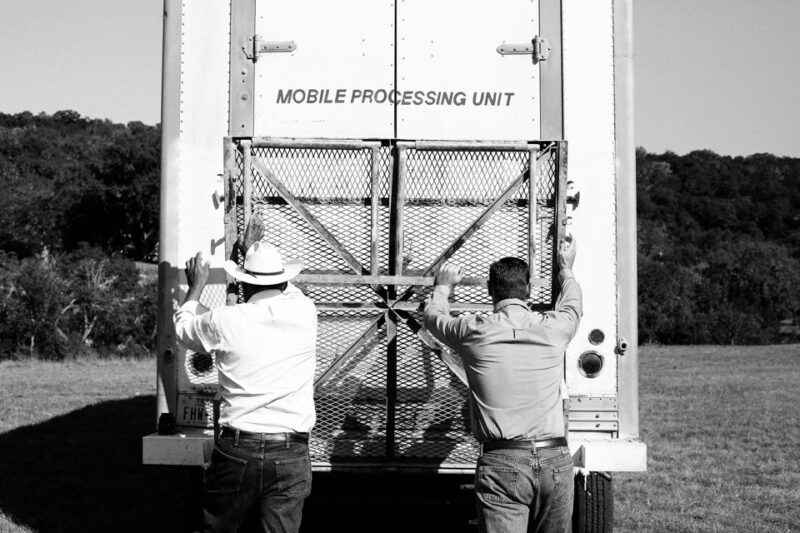
Broken Arrow Ranch, a supplier of a wide variety of wild game meats, dispatches refrigerated trucks to ranches that have an overabundance of everything from antelope to deer to wild hogs. The field processing units, along with regular inspections, insure a clean supply of free-range game meat. COURTESY OF BROKEN ARROW RANCH
In order to be sold commercially as meat, wild hogs must be captured alive—usually using baited traps. The animals then have to be checked by U.S. Department of Agriculture inspectors. While much of the pork is sold throughout Europe and Asia, Hughes’ Broken Arrow Ranch meats have become popular with some of America’s finest restaurants.
One such establishment is none other than San Antonio’s famed Nonna Osteria, a Texas dining paradise that is home turf for chef Luca Della Casa, a Next Food Network Star finalist and wild boar lover. “Whether it’s antelope, deer or wild boar,” says Della Casa, “we know that we can count on Broken Arrow to deliver the highest quality meats. And our customers love wild game when we offer it.”
Broken Arrow Ranch works with more than 40 property owners across Texas to take the annual surplus of animals. “We created the first fully inspected, year-round harvesting of truly free-range wild game meat,” says Hughes. “Pure food is the best food. It tastes great, makes our bodies feel better and ultimately results in a healthier ecosystem.”
Beyond premium restaurants, Broken Arrow Ranch has been supplying individuals across the country with a wide variety of wild meats. With ever-growing demand from health-conscious consumers, game has become a favorite for many who do not hunt. Thanks to Hughes, American menus are expanding along with game populations.
This article originally appeared in Forbes. Follow Sporting Classics TV host Chris Dorsey at Forbes.
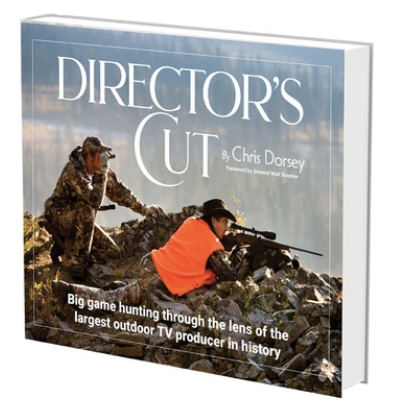 The World Of Sporting Literature Has A New Classic from one of the planet’s most widely traveled hunters. Director’s Cut…Big game hunting through the lens of the largest outdoor TV producer in history, is a book and film production more than 15 years in the making. Author and Executive Producer Chris Dorsey, along with a team of the world’s best sporting life photographers and cinematographers, embarked on expeditions to distant corners of the globe to create an indelible portrait of big game hunting.
The World Of Sporting Literature Has A New Classic from one of the planet’s most widely traveled hunters. Director’s Cut…Big game hunting through the lens of the largest outdoor TV producer in history, is a book and film production more than 15 years in the making. Author and Executive Producer Chris Dorsey, along with a team of the world’s best sporting life photographers and cinematographers, embarked on expeditions to distant corners of the globe to create an indelible portrait of big game hunting.
Dorsey has spent the past 25 years investigating and chronicling the animals, people and unforgettable places home to remarkable big game hunts while producing nearly 60 outdoor adventure television series. In the process, his teams amassed a library of more than 100,000 hours of HD footage and nearly 150,000 photographs, making Director’s Cut (the book and DVD) an unmatched celebration of the world of big game hunting. Buy Now

